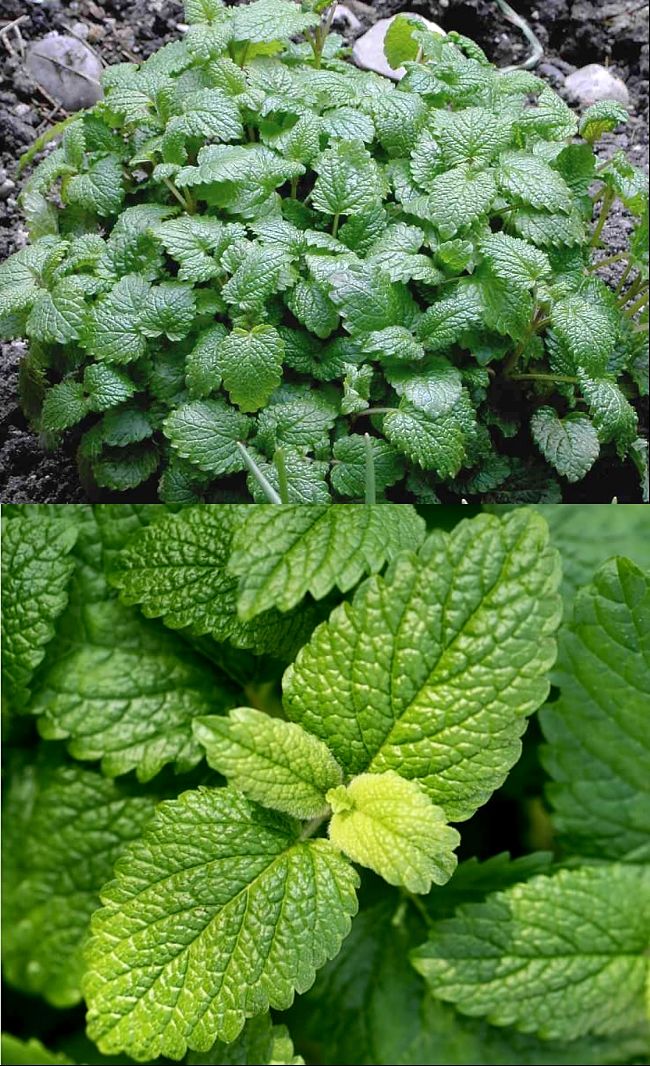Planting and Growing Guide for Lemon Balm or Sweet balm (Melissa Officinalis)
Description
Lemon balm, or Sweet balm, is cold-hardy perennial that is frost tolerant. Lemon balm can be grown from seed or cuttings and once established essentially looks after itself. Lemon balm can be transplanted using cuttings or pieces of root with shoots from early spring to early summer. It self-seeds readily and can spread easily if not kept in check. The leaves resemble the shape of mint leaves, and release a pleasant lemon scent when crushed. Lemon balm has shallow roots and so needs heavy blanket of mulch over the soil and regular watering in hot dry weather. It can be continuously harvested and can become a long-lived perennial in its own patch in your garden. Lemon balm can be used to make a delightful herbal tea or added to fruit punch. It can also be used for many desserts and as a garnish for fruit dishes. The chopped leaves can be added to salads. The fresh leaves can be used as a garnish for a variety of savory dishes. It adds zing to dressing and sauces. Make lemon balm butter with a little pepper added, and use as a dressing for vegetable side serve dishes such as potatoes, broccoli, corn, beans and asparagus. It can also be added to marinades for fish, other seafood and chicken. It is a delightful addition to sautéed shellfish dishes.
Planting Guide
Seed Depth: Sow about 1 cm (1/2 inches) deep in seed trays or directly into the soil. It is frost tolerant but kick-starting indoors in seed trays hastens the harvest.
Space between plants: Space plants about 20-25 cm (9-12 inches) apart. Small plants can be harvested early when thinning. Space rows 30-40 cm (12-15 inches) apart
Harvest Time: Harvest in about 8-10 weeks
Hints:
- Grows well in full sun or in partial shade
- Does best in rich, well-drained soils with a covering of mulch to inhibit weeds and to keep the soil moist
- Mulch liberally around the plants to control weeds and retain moisture
- Water regularly and evenly, especially in summer
- Plant in batches after the last frost, every 2-3 weeks for a continuous supply.
- Cut back te tall stems to prevent flowering.
- Feed regularly and keep the plants growing strongly to produce a good harvest of tender lively plants
- They prefer neutral to slightly alkaline soils (pH 6.5 to 7.5)

Disclaimer: The PlantWhatWhen vegetable planting guide is only designed for use as a very general reference for home gardening purposes. It is not to be used for farming, markets or commercial activities of any kind whatsoever. We take absolutely no responsibility for the accuracy and adequacy of the information provided on this site. We recommend that you consider your local climate, weather patterns and conditions when deciding what and when to plant in your home garden. It's entirely your own decision. Happy Gardening and Best Wishes!